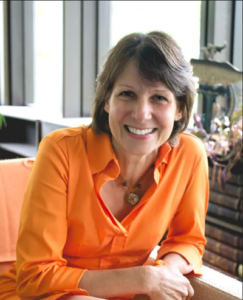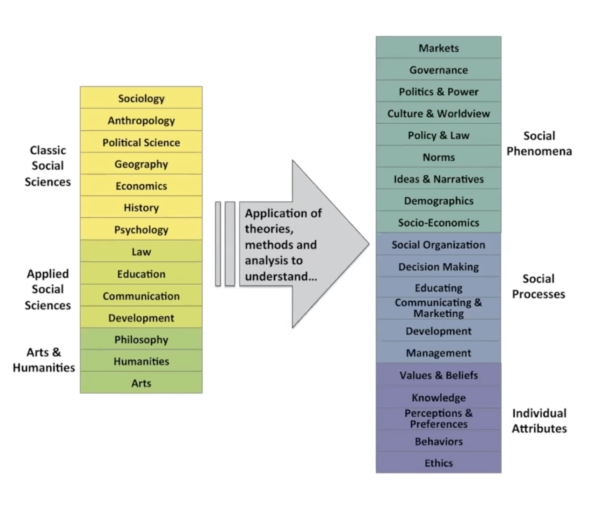February 2022 Director’s Corner

“We don’t need an evolution of how we’re doing this, we need a revolution.”
The January CRC Roundtable webinar centered on the human dimension of Chesapeake Bay restoration and discussed the incorporation of more social science into the restoration effort.
Conservation, policy, and practice can and should be guided by the best available information, science, and frameworks. Historically, the natural sciences have tended to be the primary information source used to guide that action. However, as early as 1935, people like Aldo Leopold, were recognizing the importance of both social and natural considerations.
Our goals for the Chesapeake Bay restoration effort require the participation of many private landowners and their participation is critical to achieving nutrient reduction. Without thoughtfully considering the lives and actions of 18 million people in the Chesapeake Bay watershed, this restoration effort is left with a large blind spot.
 There are a whole range of scientific disciplines under the umbrella of social science that inform social phenomena, social processes, and individual attributes (left). The three expert speakers at the January webinar covered a range of social science disciplines and each of them have a history of working on the challenge of getting social and environmental systems to bring out the best in each other.
There are a whole range of scientific disciplines under the umbrella of social science that inform social phenomena, social processes, and individual attributes (left). The three expert speakers at the January webinar covered a range of social science disciplines and each of them have a history of working on the challenge of getting social and environmental systems to bring out the best in each other.
